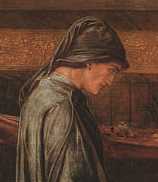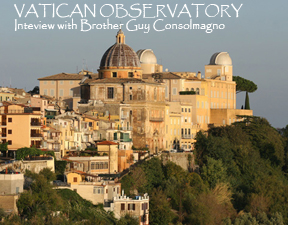Dante
 |
 |
Dante, the Italian author of The Divine Comedy, lived in the late 13th and early 14th centuries, and is, to my mind, the world’s greatest poet. “Shakespeare and Dante divide the modern world between them; ” T.S. Eliot said. “There is no third.”
I have Dante to thank for my love of celestial navigation. The entire Comedy, his greatest poem (so great that we know it as The Divine Comedy), is full of images of ships, navigation, sailing, and stars (for example, the quote on the home page). The Purgatorio begins,
“To course over better waters the little boat of my genius now raises her sails…”
and the Paradiso reminds the reader that not everyone can commit themselves to the open ocean – those of us who are following only in “little barks” would do well to turn back to the shore, as the muses point Dante to Ursa Major and Ursa Minor. All three books end with the word “stars;” one of the most famous last lines in literature is the end of the Paradiso:
“My will and desire were revolved, as a wheel that is equally turned, by the Love which moves the sun and other stars.”
In a class I once took on Dante, when we came upon the celestial image of the sun rising at a point which joins “four circles with three crosses,” the professor suggested that we skip over “all the astronomy stuff.” I knew next to nothing about astronomy but wanted to understand this image, which turned out to be the Vernal Equinox – the four circles were the ecliptic, the celestial equator, the celestial horizon, and the equinoxial colure (Great Circle passing through the two celestial poles and the two equinoxial points). After that I was hooked on astronomy, and since I already loved sailing, it was a marriage made in heaven.
Dante’s earliest famous work is the Vita Nuova, the new life, which describes how as a young man he first laid eyes upon a young Florentine girl, Beatrice. After her death, he swore he would write no more of her until he could write something truly worthy, and he kept his promise. Though he wrote poetry and prose all his life, he did not write of Beatrice again until The Divine Comedy. It was written in exile from his beloved Florence, and finished two months before he died. In it Beatrice is referred to as the “Pole Star” of his life. The lesser critics believe there never was a Beatrice, that she is an allegorical representation only. There is no way, they believe, that the mere salutation of the girl could have so radically changed and influenced Dante’s life so. They have never experienced such a phenomenon — more’s the pity.
I prefer Dante in the Italian, in Charles Singleton’s version with a prose translation on the facing page. Unlike some Dante scholars, I recommend that people new to Dante read the John Ciardi translation of the Comedy. It includes notes for each chapter that are good when they are on history and not so good when they are on theology, but at least they are right there, and the translation is eminently accessible. The Digital Dante project has an online version of the Comedy with parallel translations by Mandelbaum and Longfellow to the Italian.
I would like to thank my virtual friend Helmer Askalsen for pointing me to “Celestial Themes in Art and Architecture” at Dartmouth. There are some beautiful pictures (Giovanni di Paolo’s and Gustave Dore’s) at this site, arranged in order of the model of the universe as it was imagined in Dante’s time – the nine spheres of the heavens in the Paradiso.
 |
 |




